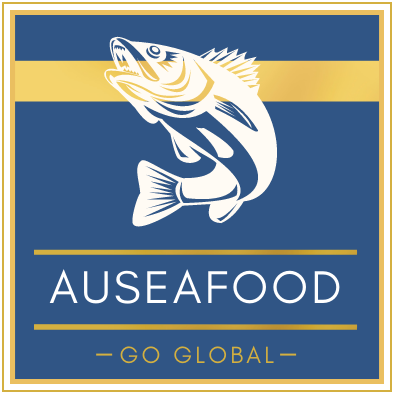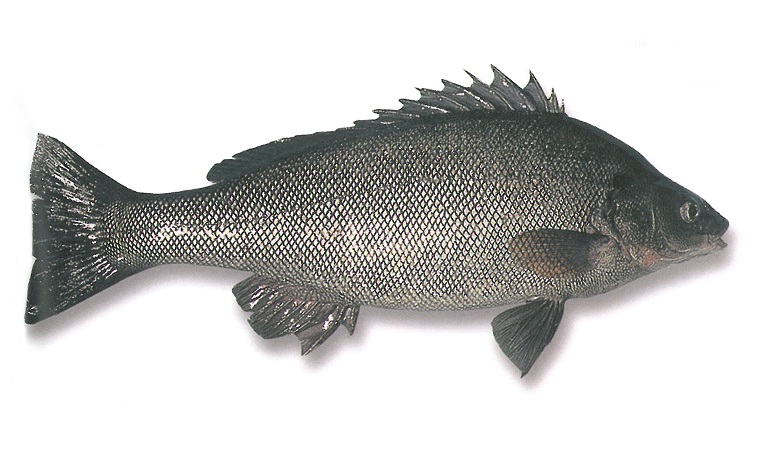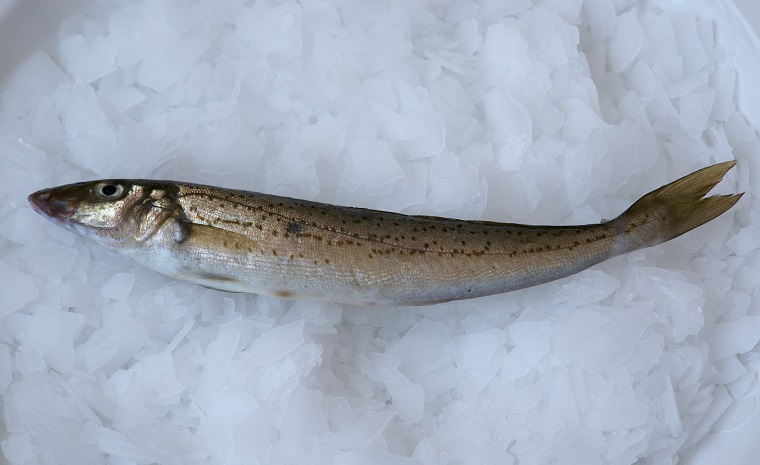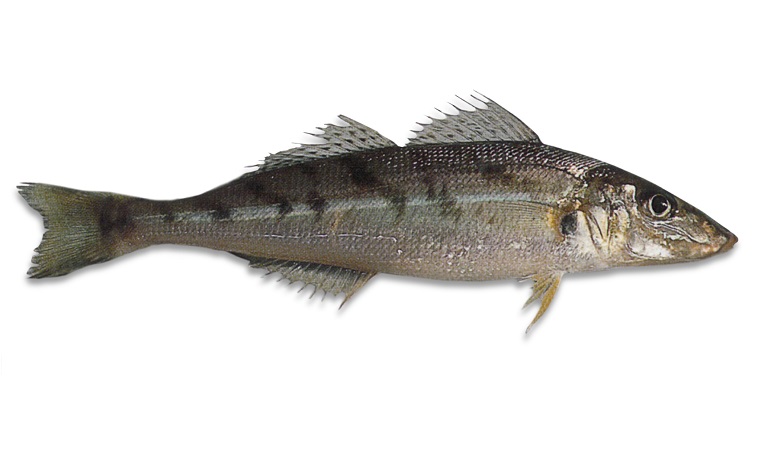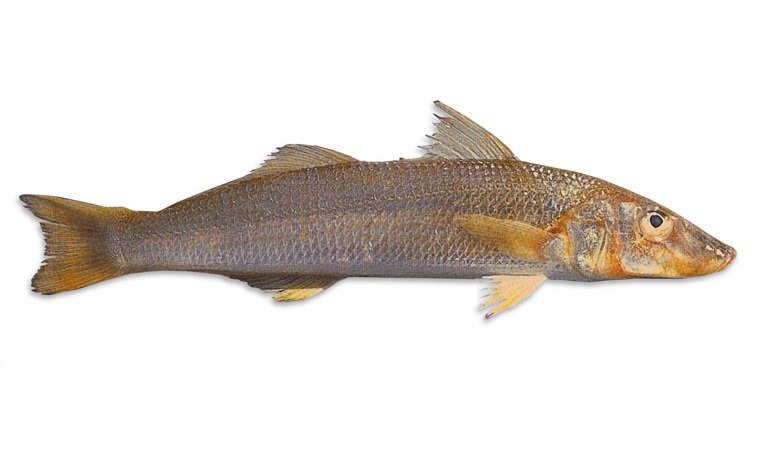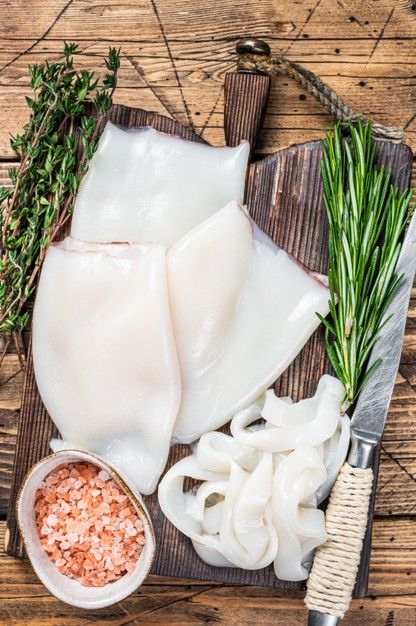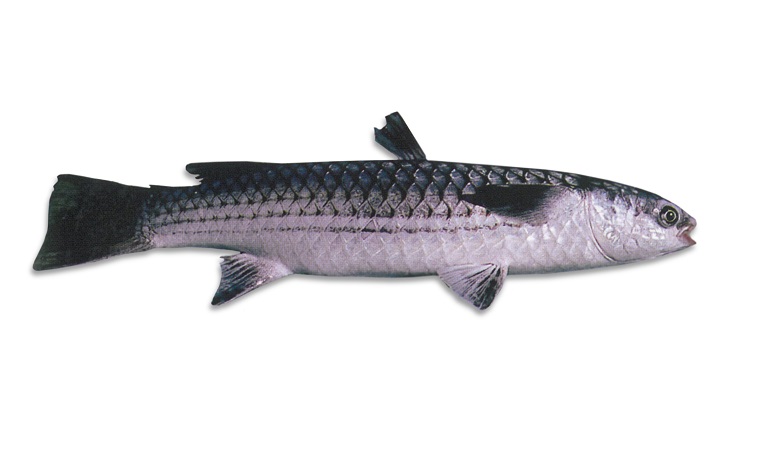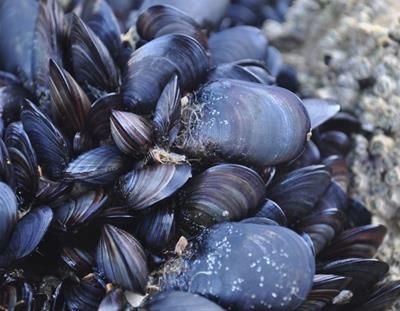THE TASTE OF SEA MULLET
The taste of sea mullet (Mugil cephalus), a species of fish commonly found in coastal waters, can be described as mild, sweet, and succulent. Sea mullet has firm, flaky flesh with a delicate flavour that is not overly fishy. Its taste profile makes it well-suited for various culinary preparations, including grilling, baking, or pan-frying. The fish’s versatility allows it to absorb flavours from marinades and seasonings, enhancing its overall taste. Whether prepared with simple lemon and herbs or more complex spice blends, sea mullet adapts well to a range of cooking styles. Its popularity in coastal cuisines stems from its pleasant taste and the ability to complement a variety of culinary influences, making it a sought-after choice for seafood enthusiasts.
SEASON
The availability of sea mullet in Australia can vary depending on the region and local conditions, as well as the specific type of sea mullet you are referring to. In Australia, sea mullet are often caught along the eastern and southern coasts. While sea mullet can be found throughout the year, their presence may be influenced by seasonal factors such as water temperature, migration patterns, and breeding cycles. The availability of sea mullet for recreational and commercial fishing can also be subject to regulations and restrictions imposed by fisheries management authorities to ensure sustainable harvesting.
SIZE AND WEIGHT
Sea mullet, also known as whiting or kingfish, can vary in size and weight depending on the specific species, region, and age of the fish. Sea mullet typically range in size from about 10 to 18 inches (25 to 45 cm) in length, although they can grow larger. The size can vary among different species of mullet. The weight of sea mullet can vary widely based on factors such as age, diet, and environmental conditions. On average, sea mullet may weigh between 1 to 3 pounds (0.45 to 1.36 kg), but larger individuals can exceed this range.
COOKING METHODS
Bake, grill, barbecue, smoke (especially roe and milt, which are highly-prized in Japan), pickle. The strong-flavoured flesh works well in fish pastes and pâté.
GOES WELL WITH
Balsamic vinegar, caraway, chermoula, citrus, cumin, curry pastes, garlic, fennel, fenugreek, ginger, herbs (such as coriander, dill, oregano, rosemary, sage, French tarragon, thyme), mushrooms, olive oil, olives, onion, tamarind, tomato, vinegar, wine, and other strong flavours.
COMMERCIAL FISHING OF SEA MULLET
Blue Mullet (also known as sea mullet) is a species of fish found in Australian waters, and commercial fishing for this species is regulated by fisheries management authorities to ensure sustainability. Regulations may vary by state or territory, and they can include rules on catch limits, size restrictions, and seasonal closures to protect spawning populations.The largest Australian Mullet, it can be distinguished from other Mullets by the transparent gelatinous eyelid covering most of the eye. Available wild-caught, it is a free swimming mainly estuarine fish, sometimes found in freshwater, and also in coastal waters as it moves out to sea from April-July to spawn. Found around the entire coast, it is mainly caught off beaches in Queensland, NSW and WA, using set and surround nets.
